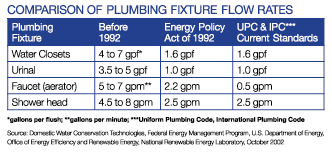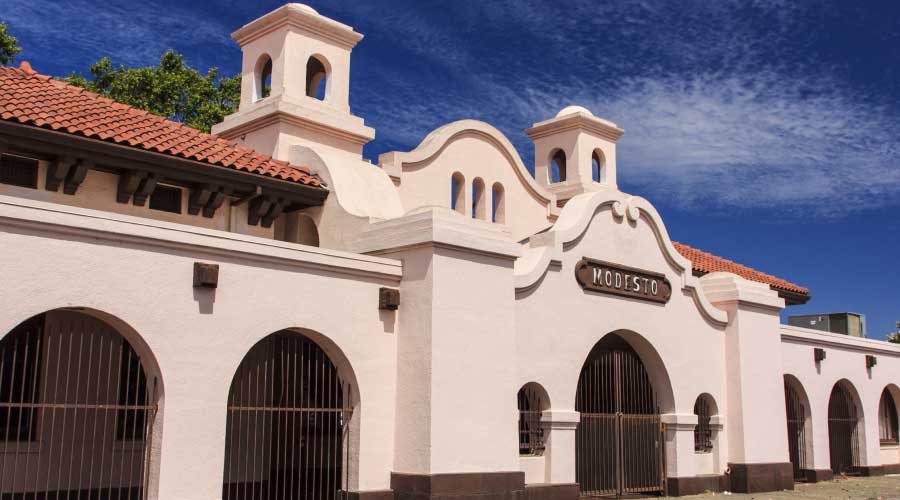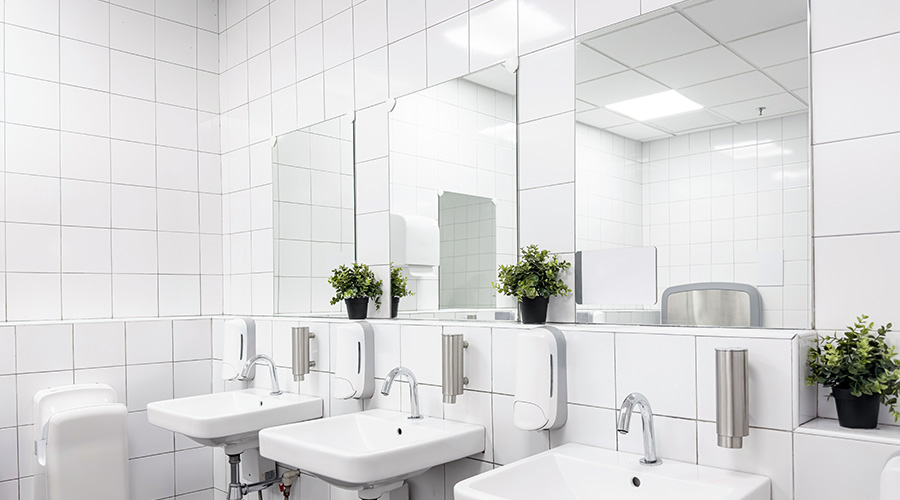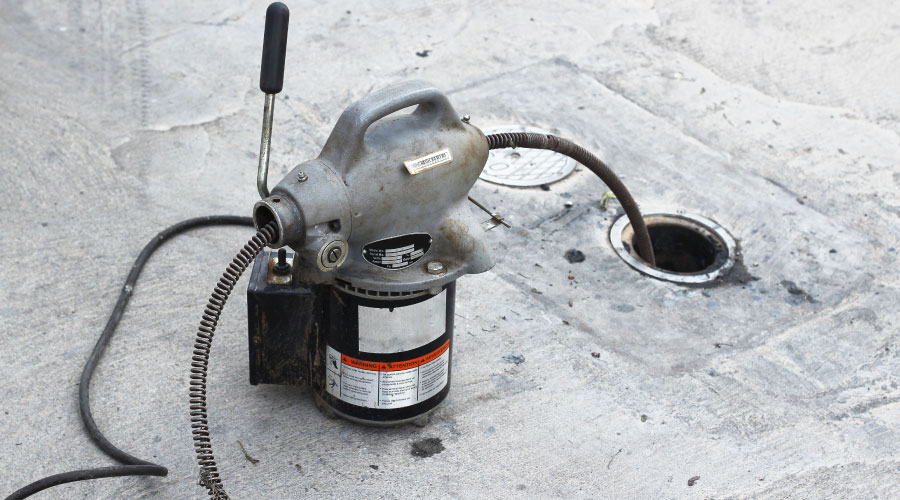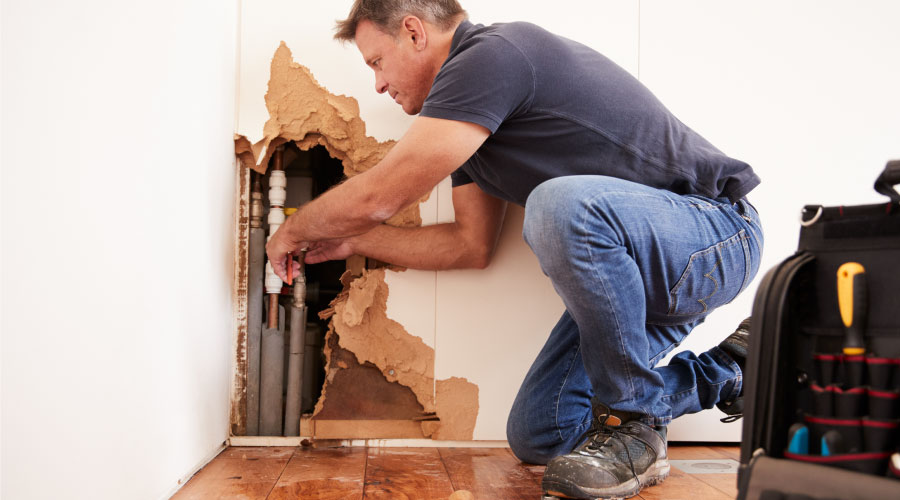Plumbing Retrofits: Low-Flow Fixtures Meet IPC, UPC Standards
Once managers better understand the water-consuming systems in their buildings, the next step is to look at the many options available to decrease water use. Water-efficiency options available to managers range from gray-water distribution systems to high-efficiency water closets.
One option is to replace older, high-flow water closets and urinals with models that meet current requirements. This measure especially applies to buildings built before the Energy Policy Act of 1992. In these buildings, water closets typically use 3.5 gallons per flush (gpf) or more. Current standards require 1.6 gpf for water closets. The new fixtures represent a significant opportunity for savings in facilities with older fixtures.
Another option is to replace existing water closets and urinals with high-efficiency models that exceed current requirements. This measure applies to older buildings, as well as those that meet current standards. High-efficiency water closets typically use 1.3 gpf or less, and high-efficiency urinals can use as little as 1 pint per flush, which is significantly less than the current standards requiring 1 gpf. Before installing these fixtures, managers should schedule the cleaning of drainage pipes to ensure proper flow.
Waterless urinals offer another water-savings opportunity. Instead of water, certain waterless urinals use a sealing liquid to maintain the trap seal. Managers need to keep in mind that waterless urinals require additional maintenance, such as more frequent cleaning. Not only will this requirement increase maintenance costs, but custodial staff also might need proper training to maintain waterless urinals, or problems will occur with these fixtures.
Managers also can install more restrictive aerators on restroom faucets, which is one of the easiest, lowest-cost measures managers can implement in a facility with high-flow aerators. The UPC and IPC standards require restroom aerators with a 0.5-gallons-per-minute (gpm) flow rate, but facilities constructed before these standards existed might have aerators with flow rates of 2 or 2.2 gpm.
Another option for managers is to install dual flush valves on water closets — another relatively easy, low-cost measure. These flush valves typically provide an option for a full flush of 1.6 gpf for solid waste and a one-half flush of 0.8 gpf for liquid waste. Depending on current flush valves, technicians might be able to simply replace valve components without replacing the valve casing.
One caveat: When performing any plumbing retrofit involving a fixture and valve replacement, such as installing a new water closet, it is important to have the fixture and valves matched correctly to achieve proper operation of both components.
Managers also can use alternative water sources, including a gray-water distribution system or a rain-water collection system.
Key Considerations
Whether managers are looking to retrofit older fixtures to current standards or install high-efficiency fixtures, it is important to understand the way these retrofits might affect building occupants. For example, some people do not necessarily like such products as low-flow aerators, which have noticeably lower flow rates than high-flow aerators.
A good way to start implementing retrofits, especially those dealing with high-efficiency fixtures, is to install these fixtures only in a few restrooms. This tactic will allow managers to see the way occupants and staff react to these changes. It also allows managers to test the product before committing finances to implementing the measure building-wide when it might create a negative response from the building occupants.
Gregory Hughel is a mechanical engineer for Facility Engineering Associates, www.feapc.com. He works primarily with energy management and sustainability in existing buildings and deals specifically with energy and water efficiency. He has been involved with LEED green building certification projects, energy audits, commissioning, retrocommissioning, and other energy and sustainability consulting services.
Related Topics:








